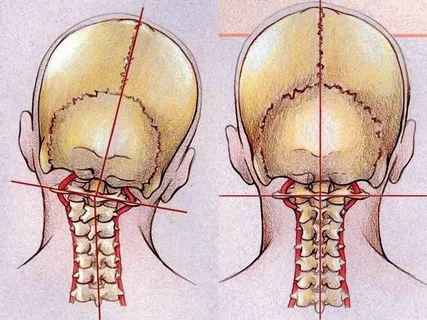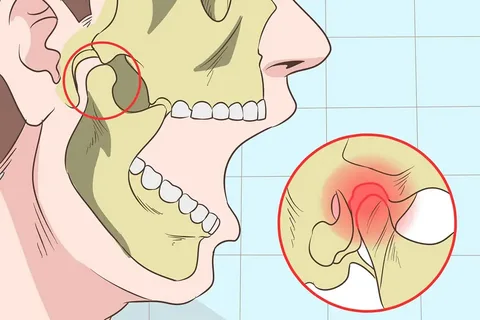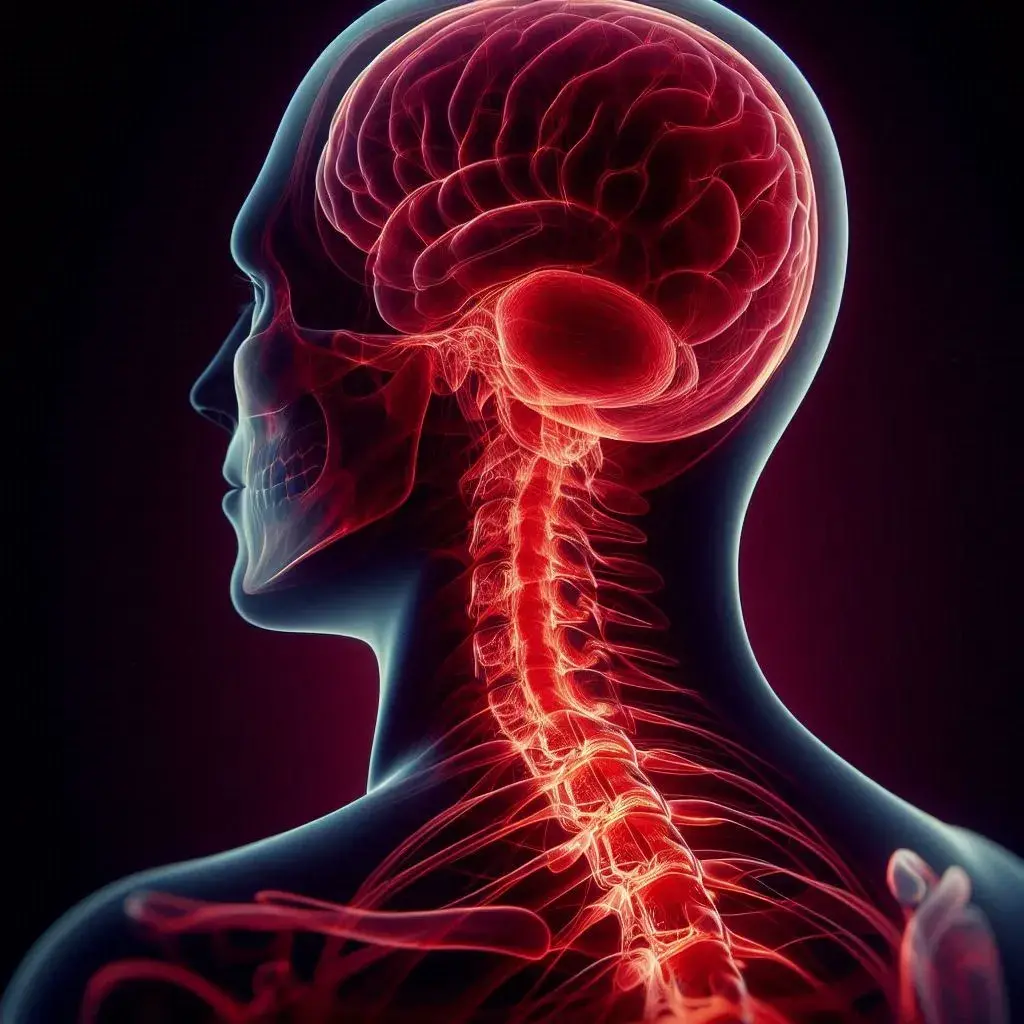Definition of Osteopathy and its Therapeutic Possibilities
Machine translation
Original article is written in RU language (link to read it) .
Osteopathy is a manual holistic system that includes prevention, treatment, diagnosis, and rehabilitation of somatic dysfunctions that can cause health disorders, aimed at restoring the body's natural self-correction capabilities.
About how osteopathy is used in orthopedic dentistry and TMJ disorders, at the webinar Cranial Osteopathy and Dentistry.
Every pathological condition or disease has two components: functional and organic. Functional disorders are caused by the pathology of the organ's function when its structure is not damaged. The organic component is caused directly by the disruption of the organ's structure. The effectiveness of osteopathic therapy depends on the ratio of organic and functional disturbances.

Figure 1. Osteopathy in dentistry.
The greatest effectiveness of osteopathy is observed in functional disorders, if organic changes in the structure of the organ have not yet had time to form. In such a situation, the sooner osteopathic treatment is started, the easier and faster it is possible to eliminate the cause of the problems, which will improve the quality of life of the patient. At this stage, the function of the organ can be fully restored and the symptoms of the disease can be eliminated without using other treatment methods (physiotherapy, drug therapy).
If the structure of the organ and its function are equally impaired, to increase the effectiveness of the treatment, it will be necessary to resort to a multidisciplinary approach, where the osteopath works together with specialists from other fields (neurologist, dentist, traumatologist, etc.).
At this stage, the task of osteopathic treatment is to normalize the functioning of the damaged organ, eliminate or minimize the severity of symptoms, reduce the duration and intensity of drug therapy, and achieve the quickest and longest remission. Joint work guarantees the fastest and most effective result for the patient.
When the disease is predominantly caused by organic pathology, against the background of irreversible structural damage, the effectiveness of osteopathic treatment will not be high, it will rather have a palliative nature. The goal of osteopathy will be to reduce the severity of disease symptoms, alleviate the suffering of the patient, and improve the quality of life.
Somatic Dysfunction
Somatic dysfunction is the object of osteopathic intervention, representing a functional disorder that manifests with rhythmogenic, biomechanical, and neurodynamic components.

Figure 2. Osteopathy for dysfunction of the TMJ.
Let's consider each component separately:
- biomechanical component of somatic dysfunction - this is a functional impairment accompanied by changes in compliance, mobility, balance of tissues in the human body;
- rhythmogenic component - this is a functional impairment accompanied by changes in the production, transmission, and reception of internal rhythms;
- neurodynamic component - this is a functional impairment accompanied by pathology of neural regulation.
Taking into account the holistic principle and methodological foundations of osteopathy, it is necessary to remember that due to the disruption of compensation and adaptation mechanisms, somatic dysfunction in the body can lead to clinical manifestations that do not coincide locally with it. Thus, the levels of manifestation of somatic dysfunction in patients with dysfunction of the temporomandibular joints may be the following:
- global,
- regional,
- local.
Just as the condition of a patient can be characterized at these levels in terms of neurodynamic, biomechanical, or rhythmogenic disorders.
Global Level
Below, we will consider the symptoms of somatic dysfunction at the global level.
Global Biomechanical Changes
This is a set of functional disorders of tissue quality indicators that do not correspond to age, are not related to pain syndrome, affect three or more body areas (polyregional), and cause significant reduction in compliance, mobility, and balance of tissues in any plane.
Global biomechanical changes in patients with chronic widespread non-communicable diseases can manifest in varying degrees, qualitative and quantitative suppression of mobility (tissue and joint rigidity) of the pelvis bones, spinal column, skull, lower limbs, shoulder girdle. The inclusion of certain body regions in the pathobiomechanical process is determined by the cause of the development of chronic widespread non-communicable diseases, the degree of progression.
Global Rhythmogenic Changes
It represents a functional disorder of the production of endogenous rhythms. The most important endogenous rhythms in osteopathy are:
- respiratory,
- cranial,
- cardiac impulses.
Their assessment is based on parameters:
- power,
- frequency,
- amplitude.
In the process of osteopathic examination of patients with chronic disorders, a decrease in the indicators of cranial rhythm is most often noted.
Global Neurodynamic Changes
This is a set of functional disorders of nervous regulation, which manifest as the following disturbances:
- psychoviscerosomatic disorder – a global neurodynamic functional impairment characterized by secondary somatic polyregional suppression of tissue mobility, where these tissues are historically linked to psycho-emotional impact;
- postural disorder – a global neurodynamic functional impairment characterized by a disruption in the regulation of the body's vertical position in space, caused by pathology in proprioception processes.
Temporomandibular joint dysfunction in patients is often accompanied by changes in psychosocial status, which affects their behavior patterns and leads to the reinforcement of the formed pathological muscle-joint pattern of the masticatory muscles.

Figure 3. Dysfunction of the masticatory apparatus in TMJD.
Psychoemotional stress often acts as a provoking factor for TMJD and its fixation. A close functional connection between the postural system and the masticatory apparatus has been proven, with the postural system actively responding to muscle tone disturbances in various groups when there is an imbalance in the masticatory apparatus, which is typical for patients with TMJD.
Regional Level
Let's examine the symptoms of somatic dysfunction at the regional level in more detail.
Regional Biomechanical Changes
This is a set of functional disorders of compliance, mobility, and balance of tissues in one of the body's regions. During an osteopathic examination, the region represents a distinguished fragment of the body, including tissues and organs that have an anatomical-functional connection.
When TMJD is associated with occlusion anomalies, pathology of the joint itself, and kinetic disturbances of the skull bones' functions, the area of biomechanical disturbances extends to the following regions: neck, head, thoracic spine, and meninges. If TMJD is caused by dysfunction of structures located far from the head region and masticatory musculature, biomechanical disturbances are also determined in the region of the pelvis, lower back, lower limbs, shoulder girdle, and thoracic spine.

Figure 4. Regional level.
Regional Rhythmic Changes
For the regional level, the rhythmic component is not distinguished separately.
Regional Neurodynamic Changes
This is a collection of functional disorders that affect individual segments of the spinal cord, caused by irritation of the neural chain links between the somatic and visceral components. Neurodynamic disorder in patients with cervical and head regions is observed.
Somatic Dysfunction at the Local Level
Somatic dysfunctions of a specific organ are diagnosed locally. At the specific level, somatic dysfunction can be determined based on the study of rhythmogenic, biomechanical, and neurodynamic components as either acute or chronic.

Figure 5. Local level.
Characteristics of acute somatic dysfunction:
- biomechanical component – fairly good tissue mobility;
- rhythmogenic component – local temperature is elevated, high tissue hydration is noted;
- neurodynamic component – pronounced pain, the pain is acute.
Characteristics of chronic somatic dysfunction:
- biomechanical component – limited tissue mobility;
- rhythmogenic component – local temperature is decreased, tissue dehydration is noted;
- neurodynamic component – pain and tenderness are weakly expressed.
At the local level, patients with TMJD exhibit dysfunction of the masticatory musculature, including all structures of the TMJ.
The significance of osteopathy in clinical dental practice is thoroughly discussed in the webinar The Relationship between Dentistry and Osteopathy: The Impact of Osteopathic Dysfunctions on Dental Status.
